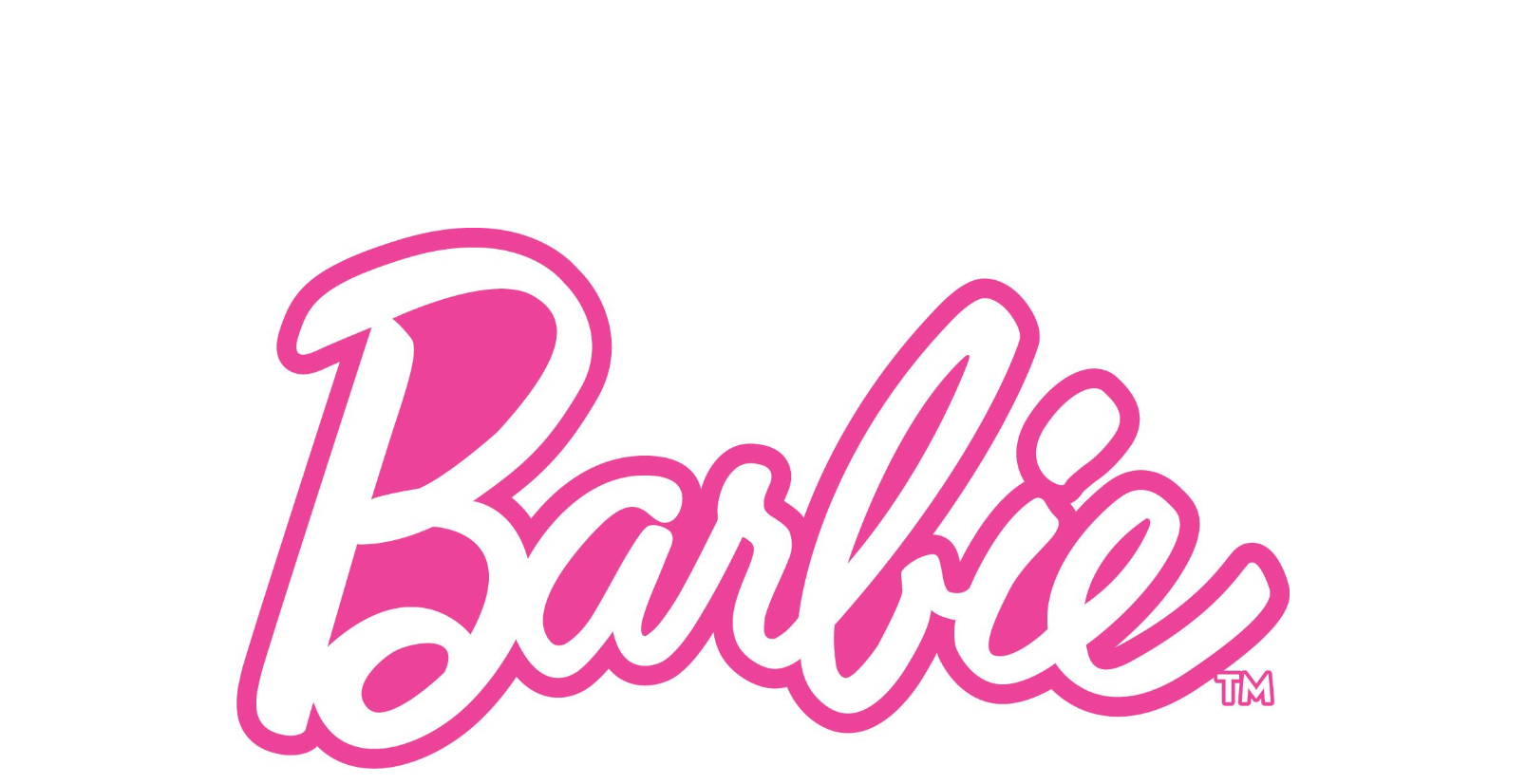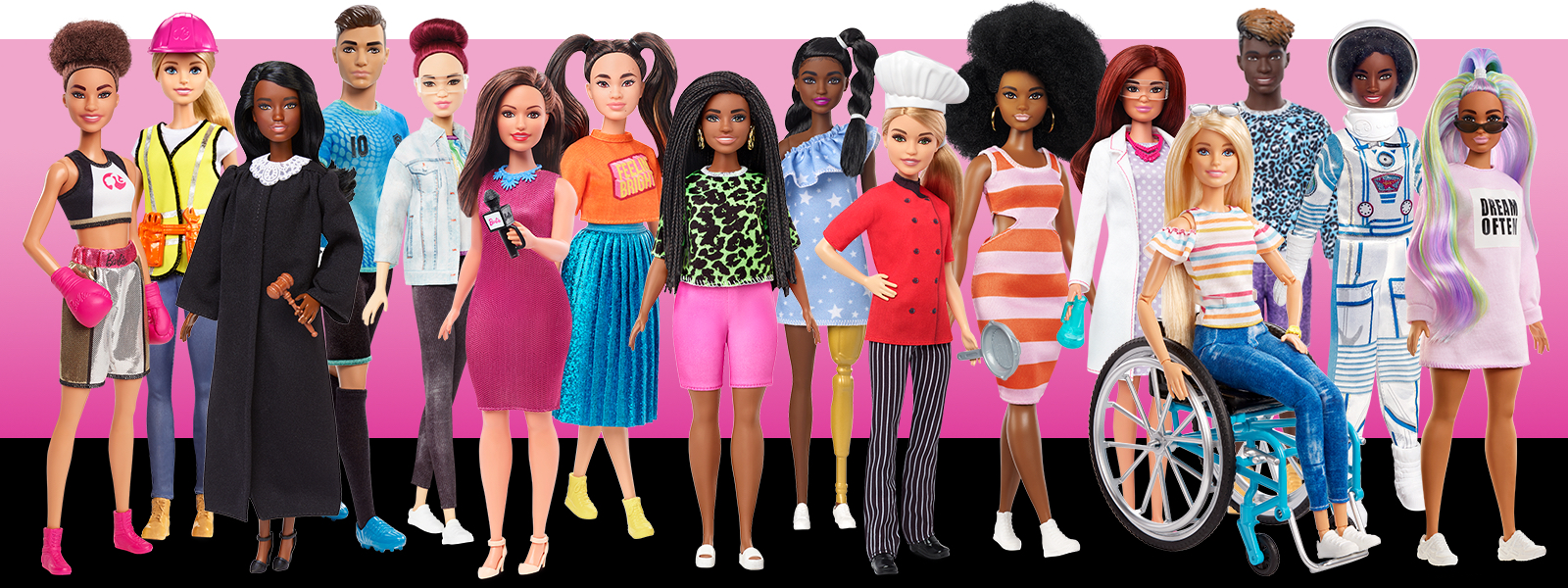
When you hear Barbie you think…
-

Unrealistic body standards.
Barbies have a stereotype of being tall, thin, blonde and if proportionally transitioned to real life…she’d fall over.
-

Materialistic.
Barbie has an extensive closet, lives in the Dreamhouse and drives a pink convertible.
-

Cookie cutter life.
Barbie has everything: perfect looks, the perfect boyfriend, the perfect life.
The Problem
Barbie has a bad reputation of being a material girl.
"Barbie sends our girls one message, and it’s this: ‘You can do anything and you can be anything—as long as you look like this: very tall, very thin, very Caucasian, and very beautiful."
— Marci Warhaft Nadler
But Barbie has changed.

Barbie is now focusing their efforts on diversity and inclusion in order to keep labels out and invite everyone in.
A Doll For Everyone
Barbie’s “Creatable World Collection” portrays no obvious gender and comes with a wig as well as fashionable clothes and accessories for kids to choose from.
Barbie Loves the Ocean
Barbie’s sustainable collection is made from 90% recycled ocean bound plastic.
Mattel, Barbie’s parent company, has committed to the goal of 100% recycled, recyclable or bio-based plastic materials in products and packaging by 2030.
There’s more to Barbie than clothes and accessories.
Lets showcase Barbie’s more progressive and relevant attributes.
The Insight
Femininity doesn't get in the way of Barbie's goals.
“We’re changing the narrative from what Barbie has to what Barbie enables.”
— Mattel Executives
Who is our target?
Parents with children 4-10 years old.
Millennial parents are more politically liberal.
They now apply a progressive ethos to their purchasing decisions, tending to support businesses who are more socially conscious.
Parents want purpose in their toys.
They seek toys that not only spark imagination and growth in their children but are from purpose-minded brands.
The Strategy
Shatter the plastic ceiling.
Reasons to Believe
Pretend Play
Through pretending, children have a chance to act out their dreams and desires through Barbie's 200+ career options.
Familiarity
37% of kids say they want toys that are familiar to them.
Resonate
Focusing efforts on diversity and inclusion is resonating: 55% of all Barbies sold in 2018 were diverse dolls.
More Than Just Dolls
In addition to dolls, Barbie has tv shows, movies and even vlogs where Barbie talks about current issues.
Denver Ad School 2021







